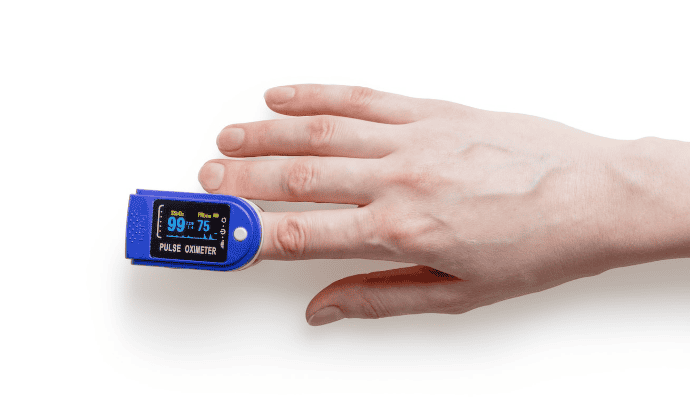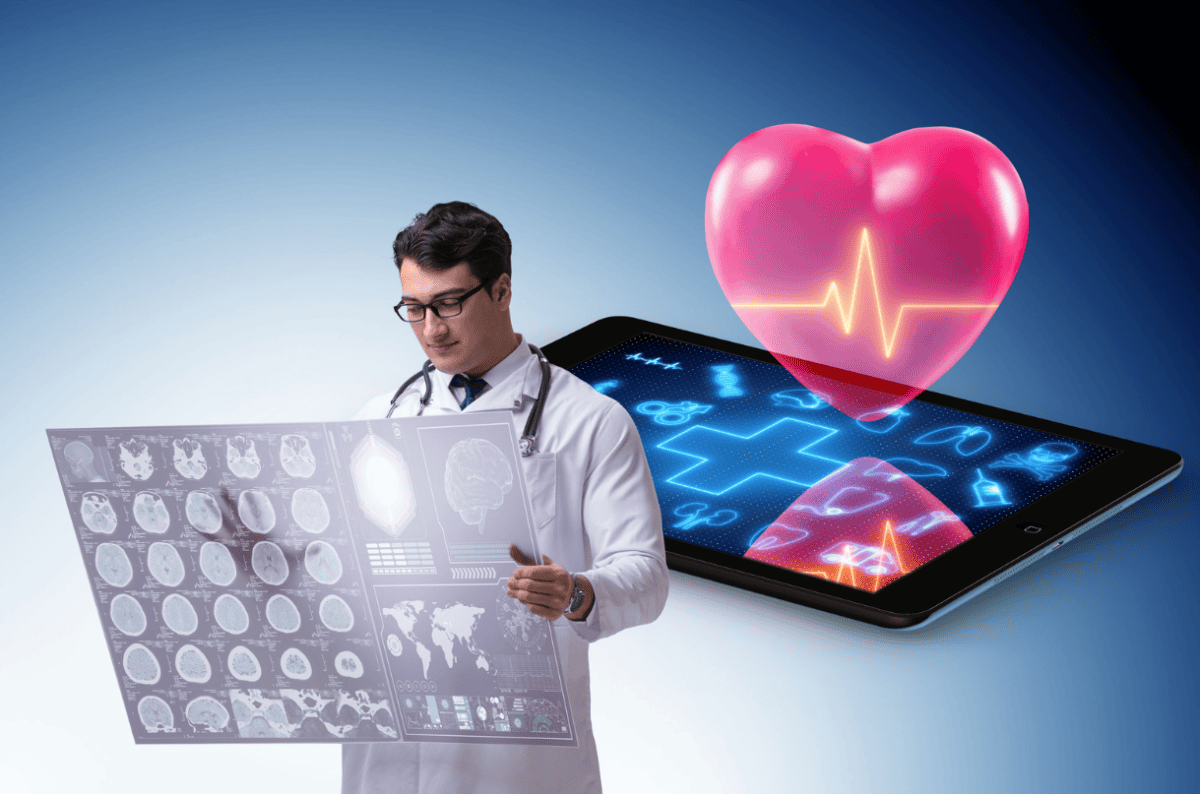Taking care of a sick or disabled loved one is one of the hardest responsibilities to own. For many patients, their situation is so critical that they require twenty-four-hour surveillance to ensure their safety and health.
According to the Health Resources and Services Administration (HRSA), conditions like high blood pressure, diabetes, heart conditions, and more require constant monitoring. Every year, thousands of people face complications and even death due to poor health monitoring.
Thankfully, modern remote patient monitoring tools can save lives. If you are a caregiver or someone in healthcare, learning more about these tools is important. So, without further delay, let’s dive in.

Why Is Patient Monitoring Important?
The primary reason for patient monitoring is the early detection of abnormalities. Patient monitoring tools constantly monitor physiological parameters like oxygen saturation, heart rate, temperature, and blood pressure. Continuous monitoring is critical because, for some patients, even minor changes can have significant consequences.
However, getting a heads-up can help provide timely intervention, which saves lives. Patient monitoring also helps personalize treatment. For instance, continuous data collection allows doctors to know your individual baseline. If not for patient monitoring tools, an estimate is made based on facts like age, weight, medical history, etc.
While this does the job for the average person, patient monitoring tools help make diagnostics much more specific and individualized. Everything from dosage to how often checkups are needed can be determined with data collected via monitoring tools.
What Is the Best Patient Monitoring Tool?
The best type of monitoring device is the one that most aptly serves the patient’s needs. If the individual suffers from type 2 diabetes, then BGMs, or blood glucose meters, would be the most appropriate options. Similarly, pulse oximeters are most helpful for those suffering from lung and heart conditions.
These days, remote patient monitoring services represent a cutting-edge blend of wearable devices and healthcare metrics.
According to CoachCare, they make it easy for patients to report their health at home, at work, or on vacation. If you are a patient, your doctor will guide you and recommend the ideal one to you.
Depending on the severity of the condition, some people will have to use monitoring devices on a long-term basis. At the same time, others may only need them on a temporary basis, when any deviations from the norm need to be noticed.
Some of the most common types of remote monitoring devices include
- ECG monitors
- Pulse oximeters
- CGMs
- Blood pressure cuffs
If you need to get one of these, avoid perusing options on Amazon or other online stores. Medical devices like these need to have a high degree of accuracy. Doctors tend to use and recommend options that you may not find on commercial websites.
Make sure to heed their recommendations. You may think you are saving a quick buck, but you don’t want to be playing around when it comes to health monitoring equipment.

3 Useful Tips When Using Remote Patient Monitoring Tools
There can be a bit of a learning curve when you first start to use these devices. You may hear random blips and bleeps that confuse you. So, before running off to call your doctor, consider the following tips:
1. Read the user manual!
As the owner of a remote monitoring device, it will be your responsibility to learn how to use your device. Your doctor may show you the basics, but it’s best to read the user manual in detail. You will often discover that these devices integrate with a virtual health platform where you can view and track your metrics. This can be very useful.
2. Keep batteries charged up
Remote monitoring devices run on batteries, and as with anything battery-powered, they will run out of charge eventually. Ensure that you always keep your batteries topped up. If they use lithium-ion batteries that can’t be removed, carry a spare charger and cables when traveling. If they run on regular batteries, AA and AAA batteries are as cheap as chips.
3. Create your own logs
No matter how robust the health tracking system is, there are times when errors occur. Say you accidentally click a button that factory resets the device. Before you know it, all your health data is wiped clean. To avoid such situations, it makes sense to make a simplified backup of your own. This can be as simple as saving critical metrics to an Excel spreadsheet on a daily basis.
Patient Monitoring Tech – Conclusion
Everyone should be grateful for how much medicine has advanced in recent years. Countless people in the past have suffered due to delays in detecting health issues. Today, even smartwatches have the ability to track a number of important health metrics.
Even if you don’t have a health condition, it can be insightful to keep track of basic health data. If you notice anything abnormal, you will have raw data that you can take to your doctor.


